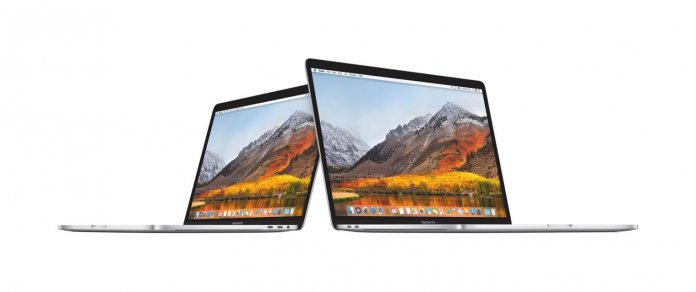1 Apple2 Windows 10
According to IDC, the PC market grew 2.7% in the second quarter of 2018, while Gartner puts it at 1.4% due to differing definitions of ‘PC’. “Once again business volume appeared to be the key driver with the top three companies reaping benefits across both desktop and notebook,” said IDC. “Moreover, the market continued to grow for both premium as well as entry models. Chrome OS-based devices, premium notebooks, and gaming PCs all further fueled the mix in the wake of improved supply and prices of graphic cards.” In other words, businesses continuing to make the transition to Windows 10 are boosting the market. While the boom may be temporary, Apple Mac sales are moving in the opposite direction and continue to decline. Indeed, according to Cupertino’s latest earnings call (FY Q3 2018), Mac sales declined 13 percent year-on-year. In fact, shipments have declined to a level not observed since the third quarter of 2010. If the PC market is enjoying gains, why are customers turning away from Mac?
Apple
Apple must take some of the blame for taking customers for granted. Over on the Windows side of the divide, OEMs have been making devices sleeker and slicker… Macs are no longer the only game in town if you want a premium looking and feeling laptop. Sure, Apple’s computers still look great, but the company has allowed the design to become stagnant. Cupertino’s insistence on only incrementally updating products and hoping customers flock anyway is not working in the PC market. There’s also the small fact that Macs cannot do some of the things a Windows PC can, such as virtual reality. Oculus has openly said it does not add Mac support to its Oculus Rift VR headset because Apple’s machines are not powerful enough. In one of the stand out burns in the PC market in the last few years, Oculus co-founder Palmer Luckey said: “That is up to Apple. If they ever release a good computer, we will do it,” referring to bringing Rift adoption to Mac. Luckey concluded that Windows 10 was the only option for the device. Two years after that comment, the Rift is still not available for Mac.
Windows 10
Speaking of Windows 10, Microsoft has been driving its platform through a growth period. Embracing innovations and features while using the Surface brand to enhance OEM engagement in aesthetics and quality, Windows 10 has become popular and respected. It can be argued Microsoft is almost single-handedly keeping the PC market alive. Sure, a Mac may still be where a professional will turn for editing tools, but Microsoft has chartered a direct line towards enterprise. When we see that the PC market has increased, it is not because consumers have suddenly decided they want a desktop in their living room again. Instead, it is Windows 10 adoption in enterprise that has driven the increase. “PC shipment growth in the second quarter of 2018 was driven by demand in the business market, which was offset by declining shipments in the consumer segment,” says Mikako Kitagawa, principal analyst at Gartner. Microsoft wants its Windows 10 platform on 700 million devices, most of them in a business environment. We can expect adoption of the platform to continue to increase over the next two years. That the final life of the much-loved (and still market-leading) Windows 7, as Microsoft will cease support. Until 2020, businesses should be migrating to Windows 10 en masse. From there, it is probable the PC market will start to decline again. One key question will be how will Apple’s situation look when that happens?




